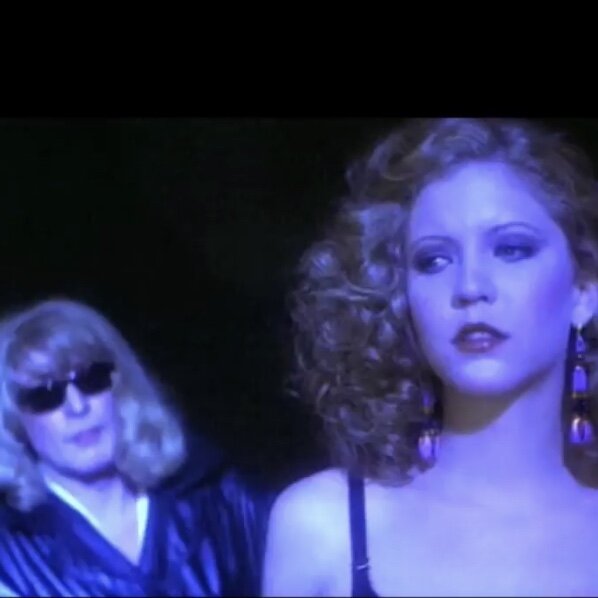Double Trouble: Reflections on Brian De Palma’s Dressed to Kill
Brian De Palma’s Dressed to Kill is his (graphic) homage to Alfred Hitchcock’s 1960 classic, Psycho: Here’s a list of the some of the referential elements:
De Palma’s film incorporates not one, but two shower scenes;
Its female lead, Kate Miller (Angie Dickinson is to Janet Leigh’s Marion Crane; both characters essentially good women “gone bad”) is the “Hitchcock blond”;
Instead of a shower curtain, an elevator door is the temporary barrier that separates victim from killer, safety from harm, life from death;
Nancy Allen (is to Vera Miles) and Keith Gordon (is to John Gavin) step in as crime solvers;
Allen with a “tall blond” behind her and flickering lightning is to Miles with Anthony Perkins and a swinging lightbulb;
A psychiatrist (David Margulies to Simon Oakland) summarizes personality conflict, arousal and the human psyche.
Sunglasses At Night: Liz (Nancy Allen) and the “tall blond.”
Filmways Pictures. Cinematographer: Ralf D. Bode.
Also take note of duality as a running theme: Spoilers ahead: Besides De Palma’s signature split-screen technique, his script includes a scene where Michael Caine’s Dr. Elliott is on the phone in his office, taking the time to spell out his last name: “E; double l; i; o; double t,” plus there are a number of scenes involving mirrors: Elliot becoming startled when he catches his reflection in a mirror, with another occurrence shown in the trailer below; when Allen’s character, a call girl named Liz, seduces Elliott during a therapy session, he glances down to a mirror on his desk, and smirks devilishly. The audience also learns near the end of the film that there are two “tall blonds,” one with good intentions, the other, as already previously noted.
Although De Palma is certainly influenced by the Master of Suspense, he still manages to add his own visual stamps and a dreamy score by Pino Donaggio to create an enduring film that feels anything but a carbon copy.
